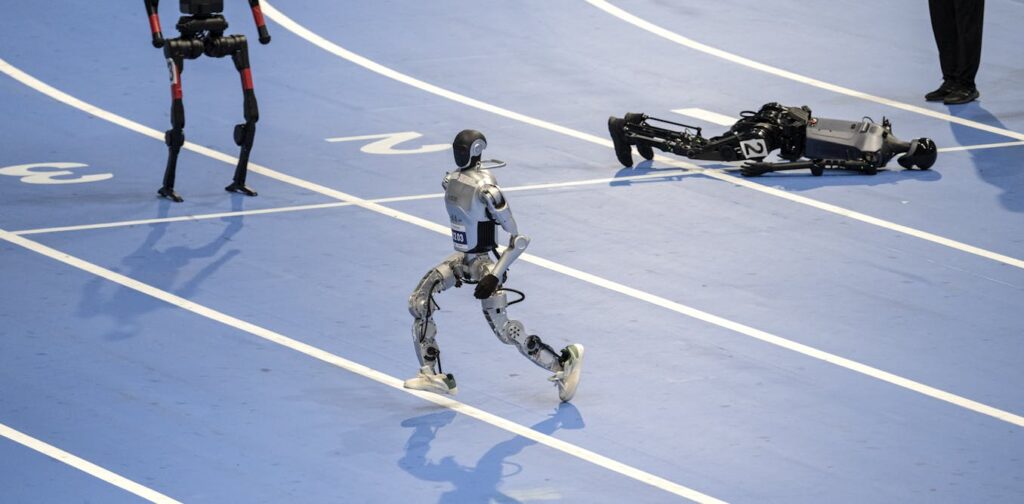
Robots have long been a staple of science fiction, but in recent years, they have increasingly become a reality in our everyday lives. From vacuum cleaners to assembly line arms, robots come in a myriad of shapes and sizes. However, a particular kind of robot is capturing the imagination and investment of developers worldwide: humanoid robots. These machines, designed to mimic the human form, are gaining attention for their potential to revolutionize various industries.
Humanoid robots, characterized by their human-like appearance with arms, legs, a torso, and a head, are designed to walk upright on two legs. The interest in these robots is not merely aesthetic; they are viewed as potential general-purpose platforms capable of performing multiple tasks across diverse environments. This capability is particularly appealing as it allows humanoid robots to navigate spaces designed for humans, unlike their wheeled counterparts.
The Promise of Humanoid Robots
The allure of humanoid robots lies in their versatility. Unlike single-purpose machines like robot vacuums, humanoid robots offer the promise of adaptability. They can potentially navigate complex human environments, climb stairs, open doors, and interact with objects in ways that are currently beyond the reach of simpler machines.
This development follows a long history of humanoid robots in popular culture, from Fritz Lang’s Metropolis to Star Wars. While these early depictions were fictional, the reality of humanoid robots began with the creation of WABOT-1 in 1972 in Japan. Today, the industry is booming, with significant investments pouring into the development of these machines.
A Lucrative Market
According to industry reports, the market for humanoid robots is expected to grow exponentially. A Goldman Sachs report forecasts that by 2035, the global market could reach $38 billion, with millions of humanoid robots in use worldwide. These robots are seen as particularly useful for performing dangerous tasks, potentially saving human lives by taking on hazardous jobs.
By 2030, it is estimated that 1 million humanoid robots will be sold annually, and by 2060, there could be as many as 3 billion humanoid robots in service globally.
Despite these optimistic projections, the path to creating a truly multi-talented, general-purpose humanoid robot remains challenging. The development of these machines requires overcoming significant technical hurdles, particularly in terms of mobility and interaction with humans.
Challenges and Innovations
Building a robot that can move like a human is notoriously difficult. Recent advancements in artificial intelligence (AI) have significantly improved the capabilities of humanoid robots. AI techniques such as reinforcement learning have enabled robots to develop more robust walking and running skills, allowing them to better handle uneven terrain and external challenges.
However, despite these advancements, humanoid robots still require human intervention for decision-making. They lack the general logic and situational awareness needed to interact appropriately with humans of different ages and cultural backgrounds. The development of AI techniques like imitation learning and deep reinforcement learning is helping to bridge this gap, allowing robots to learn complex skills by observing human behavior.
The Future of Humanoid Robots
The future of humanoid robots is a topic of much debate and speculation. While some companies are already testing robots in home environments, widespread consumer adoption may still be five to ten years away. Companies like Boston Dynamics, Tesla, and others are investing heavily in this technology, anticipating a market that could rival the car industry in size and become as ubiquitous as smartphones.
Critics, however, argue that significant improvements in robot design are necessary to match human dexterity and adaptability. If humanoid robots do become commonplace in our homes, the social impact could be profound, necessitating careful consideration and leadership from businesses, governments, and researchers to ensure positive outcomes.
The rise of humanoid robots represents a significant shift in technology and society. While the future remains uncertain, the potential for these machines to transform our world is immense, and it is a future we have been imagining for over a century.






